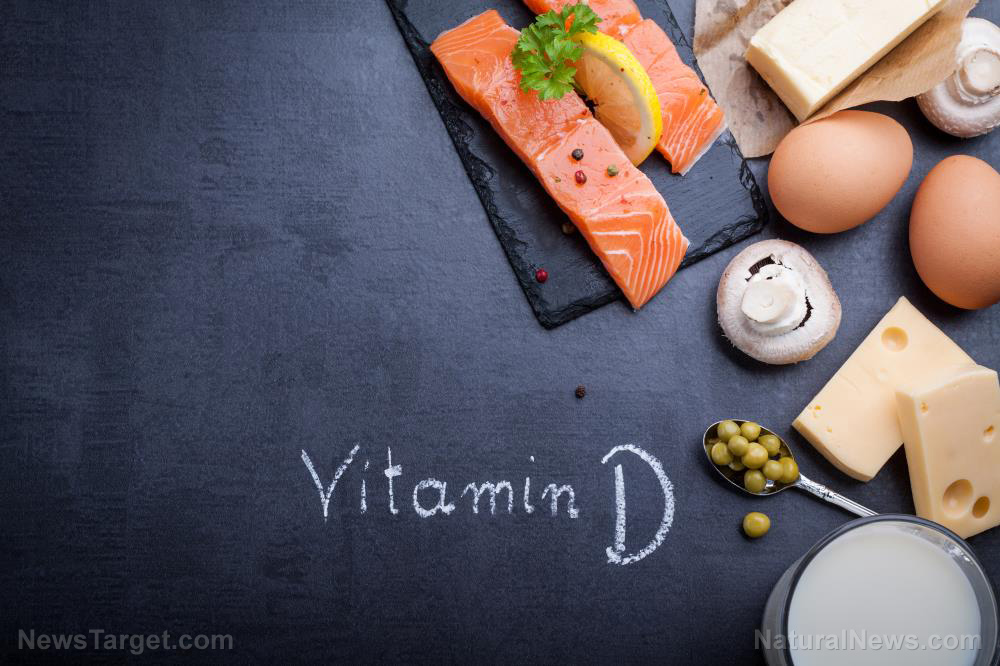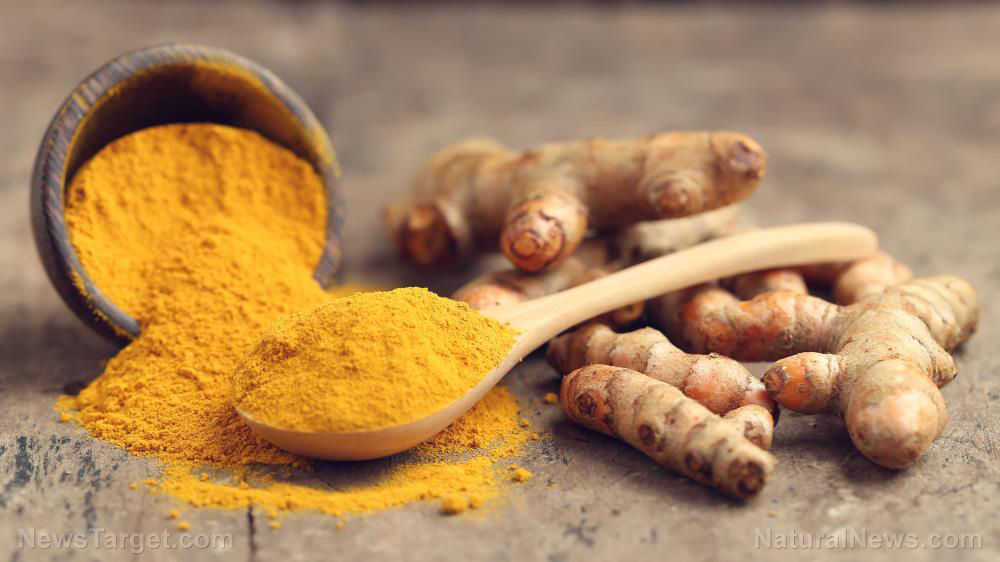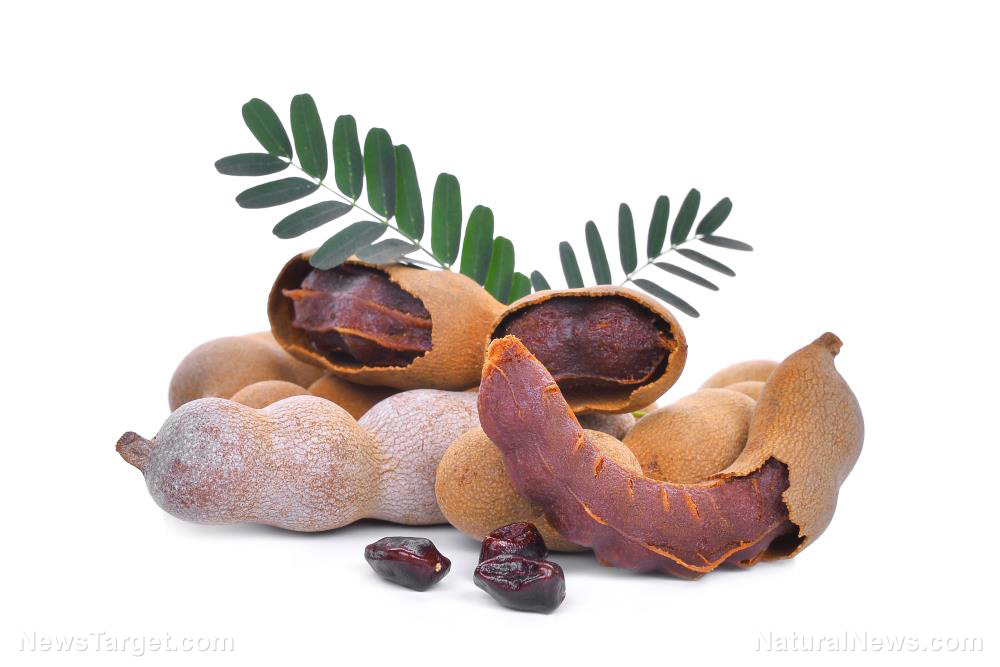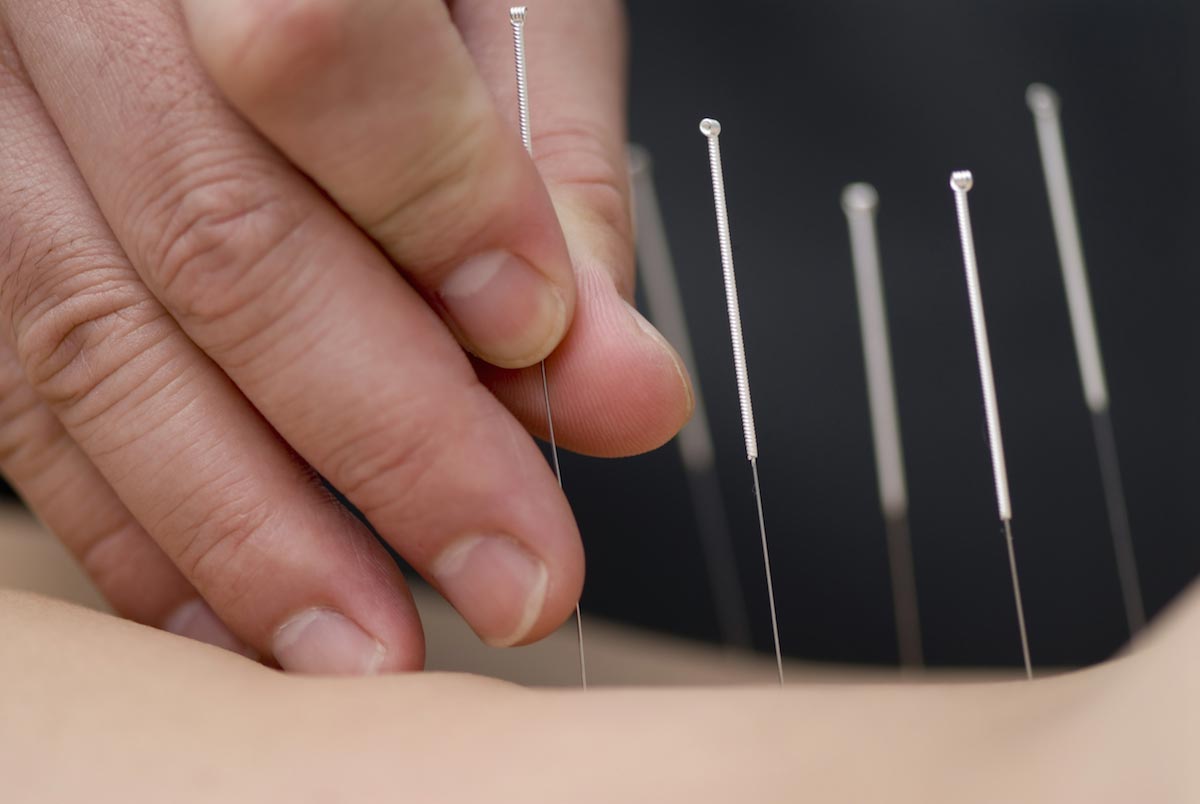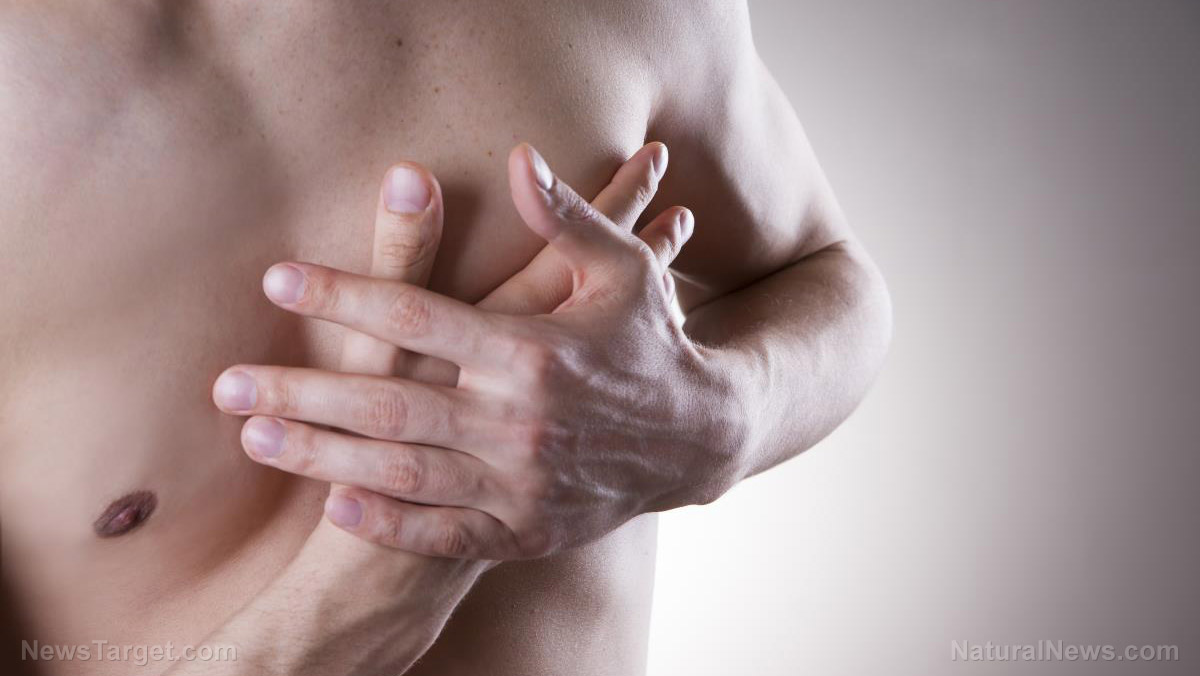Oxytocin: The hormone that created society? Research finds it strengthens responses to faces, emotions, other social cues
03/19/2018 / By Jhoanna Robinson

A recent study from the University of Tampere in Finland has found out that nasally-administered oxytocin spray can make mothers of one-year-old infants develop strong brain responses to pictures of infant and adult faces.
While oxytocin seems to be a key player in processing social information and strengthening social bonds, it is surprising to think that there had been very few studies that analyze the effects of intranasal oxytocin in mothers of small children. This, especially, when researchers have been quick to suggest in the past that oxytocin might be used to enrich early parent-infant interaction.
The new study reviewed whether a nasal oxytocin spray affects how mothers of one-year-old children respond neurally to faces. The study was geared towards discovering whether oxytocin effectively made one’s neural responses more pronounced when it came in contact with infants’ faces.
Electroencephalography (EEG) was used to measure the brain responses garnered in the experiment.
Participants of the study included of 52 Finnish mothers of one-year-old infants. The researchers had them administered either a placebo or a nasal oxytocin spray and measured their neural responses to images of infant and adult faces during a span of two laboratory visits.
Neither the mothers nor the researchers knew which mothers were given the placebo and which mothers were given the nasal oxytocin spray.
The researchers concluded that oxytocin heightened the so-called N170 component of the EEG signal responding to infant and adult faces. The N170 component induces the activation of areas of the brain that are sensitive to faces.
Support our mission and enhance your own self-reliance: The laboratory-verified Organic Emergency Survival Bucket provides certified organic, high-nutrition storable food for emergency preparedness. Completely free of corn syrup, MSG, GMOs and other food toxins. Ultra-clean solution for years of food security. Learn more at the Health Ranger Store.
However, the study did not clearly identify whether oxytocin has a more significant effect in response to adult faces or whether it has a greater effect in response to infant faces.
The main contribution of this study was to expand experimental oxytocin research to the mothers of young children who have rarely been included in this type of studies,” said academy research fellow Mikko Peltola from the University of Tampere.
For his part, Professor Kaija Puura from the University of Tampere and Tampere University Hospital said: “In the future, it will be important to conduct research with larger samples in order to determine whether oxytocin specifically affects sensitivity to infant signals because that is one of the key aspects of parenting.”
What oxytocin does to the body and society in general
Oxytocin is responsible for two critical actions in the female body: contraction of the womb (uterus) during childbirth and lactation during pregnancy. Artificial oxytocin is sometimes administered to induce labor, as it contains prostaglandins, which aid in increasing contractions. Artificial oxytocin is also given to fast-track the delivery of the placenta and avoid the risk of heavy bleeding during childbirth.
During the lactation period, oxytocin stimulates the movement of milk into the breast. Men also need oxytocin for sperm movement and testosterone production. (Related: OXYTOCIN, HUMAN LOVE, AND HUMAN BONDING)
Recent studies have shown that oxytocin plays a big role in social behavior as well. It acts as a chemical messenger in the brain and influences human behaviors such as mother-infant bonding, recognition, anxiety, sexual arousal, and trust, among others. As such, oxytocin has been dubbed the “love hormone” or the “cuddle chemical.”
For more news about the general wellness and well-being of humans, visit MindBodyScience.news.
Sources include:
Tagged Under: Chemistry, compassion, cuddle chemical, love hormone, mother-infant bonding, Oxytocin, social, social behavior, society, weird science

